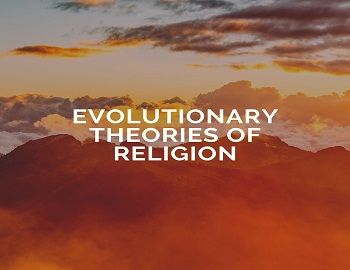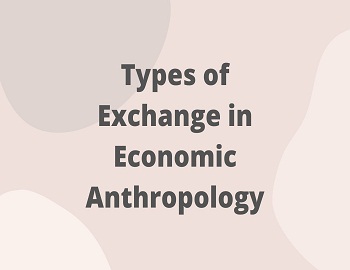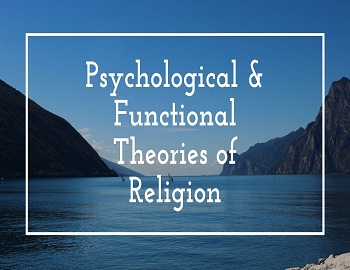Table of Contents
Evolutionary Theories of Religion:
Animism:
The earliest anthropological theory about the evolution of religion is given by E. B. Tylor in his book “Primitive Culture”. He argued the speculation amongst early humans about the events associated with life, death, dreams, sleep led them to the notion that two entities inhabited the body, one active during the day and the other active during sleep. These two entities inhabiting the body comprise the soul. They are in complementary distribution. Although they never meet, they are essential to one another. When the soul permanently leaves the body, the human body dies. Death is thus the
departure of the soul. This kind of belief in the soul (anima) is the earliest form of religion (animism). Thus, the belief grew up that soul continued to exist even after the death of the man. Therefore, ancestor worship came into being. Further, the belief that the soul enters every living object gave rise to nature worship. Also, the belief that every soul that enters an object makes it conscious and provides power. In course of time, there came into being idolatry, polytheism and monotheism.
Santals and Orans of Eastern India, believe in the presence of the souls of their own dead whom they worship at “Majhiye Than”. In Western India, the Bhils believe in the survival of the dead and the soul continues to exist as a spirit. Again they have numerous nature spirits- the spirit of hills, streams, forests and band of punitive and malevolent spirits. In south India, the Malayarayans regard some spirits as symbols of deities. The dead ancestor, now in the form of a deity, goes on protecting his family.
Animatism:
Robert Marett disagreed with Tylor and said that the theory of animatism is the earliest form of religion. Animatism, according to him, refers to be belief in some raw, impersonal supernatural power in every material object or the living beings. ‘Mana‘ is perhaps the most widely known term for this power. Mana is a force but not a vitalistic force. It exists as a supernatural attribute of persons and things. Above all, it is the exceptional power to do things that are unusual. Mana is therefore manifested in the unusual when the unusual is not the work of spirits.
Extraordinary aptitudes of man are explained in terms of mana. The Melanesians believe that all individuals have affinal mana but in Polynesia people believe that the chief has more mana than commoners. In Naga societies, the mighty warrior excels in the killing of man because he possesses mana. The outstanding healer among the Bonda of Orissa stands above their fellowmen because of personal profession or control of mana. The shaman among the Juang excels in knowledge because he possesses mana. Mana is analogous to electricity in that it can flow from one person or thing to another. This is the same as the Bongaism of Ho in India.
Animatism is often associated with fetishism. According to this belief, certain objects are regarded to be possessed of powers to help a man out of various difficulties or achieve his desires. such objects are called fetishes; they may be a feather, a skull, or an amulet. Its test is its efficacy.
Naturism:
Max Muller emphasized that the earliest form of religion must have been the worship of objects of nature. Thus the primitive man was inspired by the natural phenomena and without understanding them, he sought to explain them. An attitude of love and reverence towards objects of nature was born as a result of a diseased mind arising out of defective linguistic expressions like ‘thunder sends the rain’, ‘sunrises and sets’ etc. For this reason, the tribal people worship rivers, mountains, trees and other natural objects.
Totemism:
According to Durkheim totemism is the earliest form of religion. Durkheim opined that the religion of the most primitive tribe must be the earliest form of religion. He made a survey of the accounts on primitives. Ultimately he found the Arunta of Australia as the most primitive one. Therefore, he studied the religion of Arunta.
The Arunta is a food gathering, hunting tribe in the southwest region of Australia. They live in hordes. The bands combine to form a clan and several clans combine to form a tribe. Each clan has its own ancestor, which is in the form of an animal or a plant. The clan members believed that they have descended from their ancestors. The clan ancestor is carved on a wooden plank and stone slab and this is known as “churinga”. The churinga is the totem. Each totem served as a representative of the clan. Each clan worships its own totem. The totem reveals the image of the group or the collective consciousness of the group. When the group started worshipping its own representative and symbol, totemism had come into being.
Monotheism:
According to Lang and Schmidt, the earliest religion is monotheism. They also believed that the religion of the most primitive tribe is the most ancient religion. After identifying the Bushmen, Eskimo and Andaman Islanders as the most primitive ones, they found that the religion of those primitives was monotheism. Therefore, monotheism is the earliest form of religion.









Comments (No)